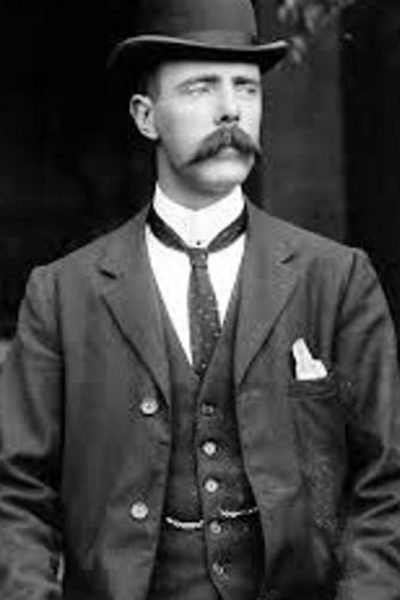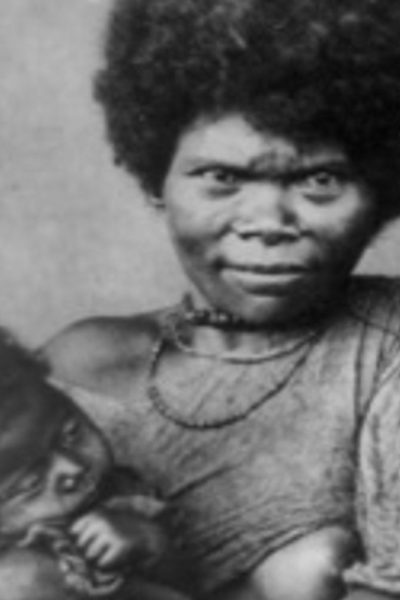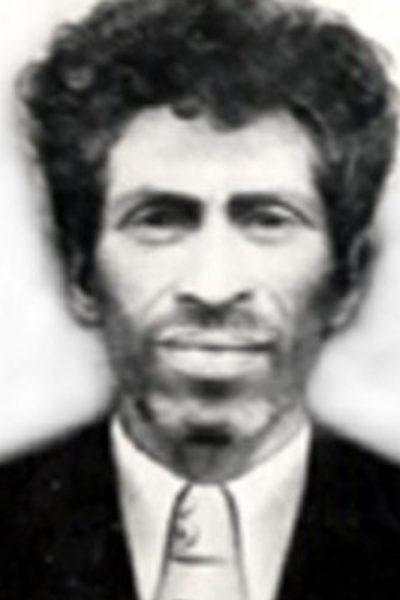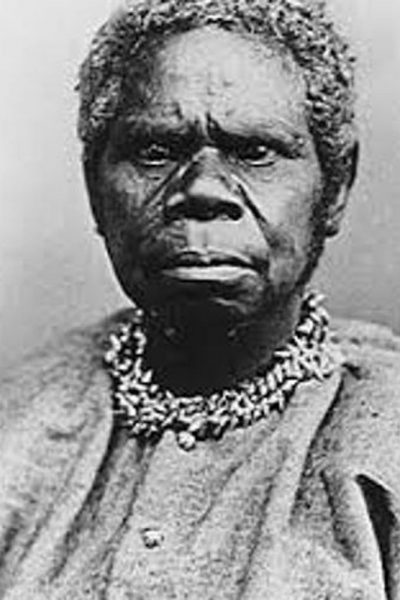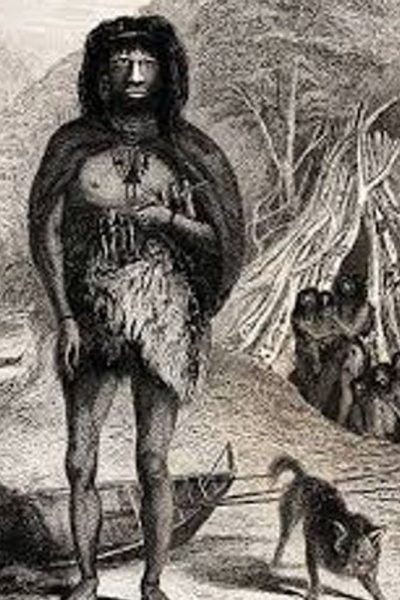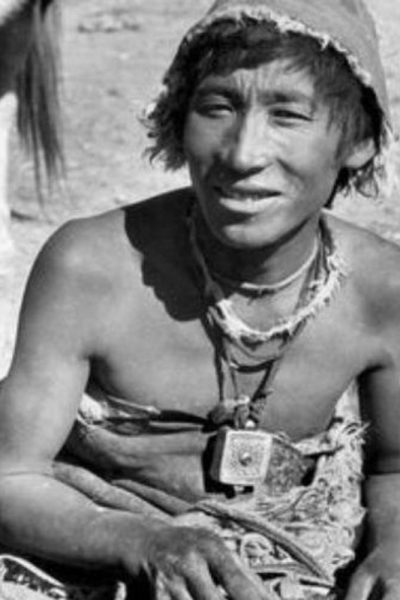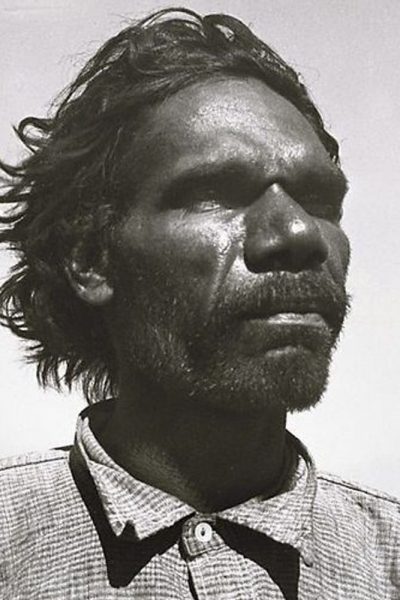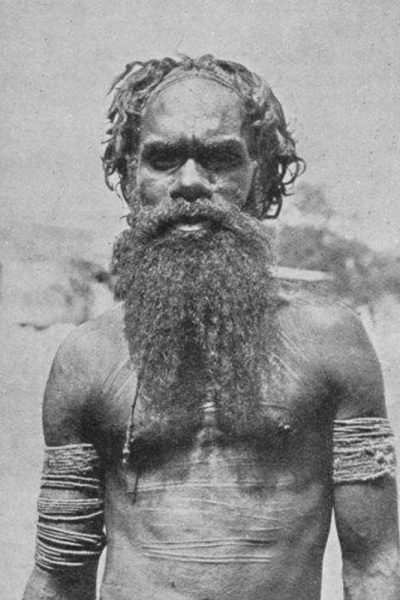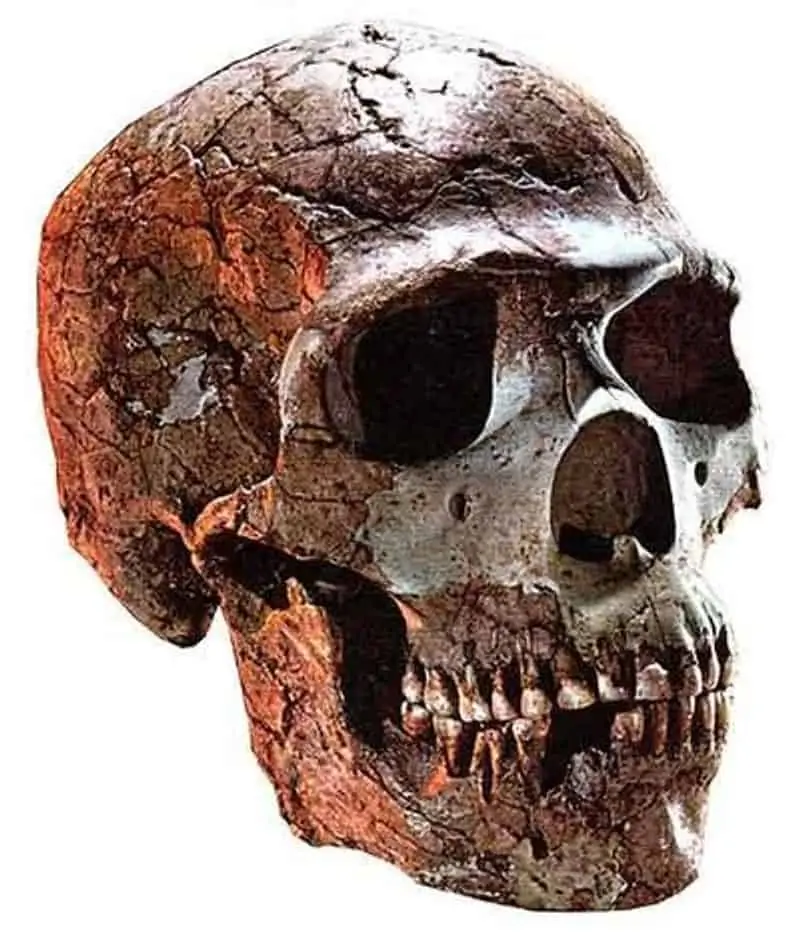
In Brief
Roots of Subspecieism: It all starts with Linneaus and Charles Darwin
 “Linnaeus… an 18th century Swedish botanist who took it upon himself to categorize every single living being on the planet… and he did a pretty good job… he actually coined the phrase Homo sapien. But looking around the world at the diversity of humans he said, well you know, we seem to come in discreet subspecies or categories.” — Geneticist, Anthropologist Spencer Wells, TED Global 2007
“Linnaeus… an 18th century Swedish botanist who took it upon himself to categorize every single living being on the planet… and he did a pretty good job… he actually coined the phrase Homo sapien. But looking around the world at the diversity of humans he said, well you know, we seem to come in discreet subspecies or categories.” — Geneticist, Anthropologist Spencer Wells, TED Global 2007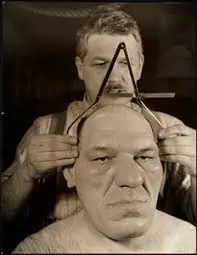
Modern Human Diversity
“Wherever Homo arose, and Africa is at present the most likely continent, he soon dispersed, in a very primitive form, throughout the warm regions of the Old World….If Africa was the cradle of mankind, it was only an indifferent kindergarten. Europe and Asia were our principal schools.” — Carleton Coon, The Origin of Races (Google Books)
Ethnic Europeans significant Neanderthal DNA
Modern Euros uniquely adapted
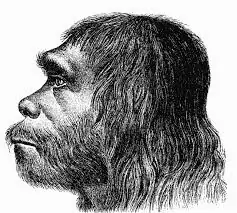 Europeans’ Neanderthal admixture could explain exceptional abilities in logic, reasoning, innovation and adaption to challenging environments. It could also account for unique phenotypic traits.
Europeans’ Neanderthal admixture could explain exceptional abilities in logic, reasoning, innovation and adaption to challenging environments. It could also account for unique phenotypic traits.
Chris Stringer, Financial Times, July 2019: “Some Neanderthal DNA… seemingly gave advantages in areas such as… environmental adaptation and were accordingly retained and even accentuated.”
Prof Clive Finlayson, a friend of Chris Stringer and director of the Gibraltar Museum explains (BBC Jan. 2019), “the bulky Neanderthals may not have been as suited as our long-distance running ancestors to chasing herds across the mammoth steppe… [however] they were probably better… at ambush hunting large animals at close quarters from cover.”
NYU primatologist Todd Disotel (lecture 2009): “In fact we know from some genes that some Neanderthals were red-haired and light-skinned. They have a different color and mutation that yields red hair and light-colored skin.”
Spencer Wells, Journey of Man, (1:02): “The Ice Age was to cut the first Europeans off, eliminating any contact with the outside world. In isolation they developed distinctive traits. Their hair color changed; the shape of their noses changed; even their height. Today, people with European ancestry… look pretty different from our distant ancestors.”
Northern Extremes
19th Century Variance in Modern Humans
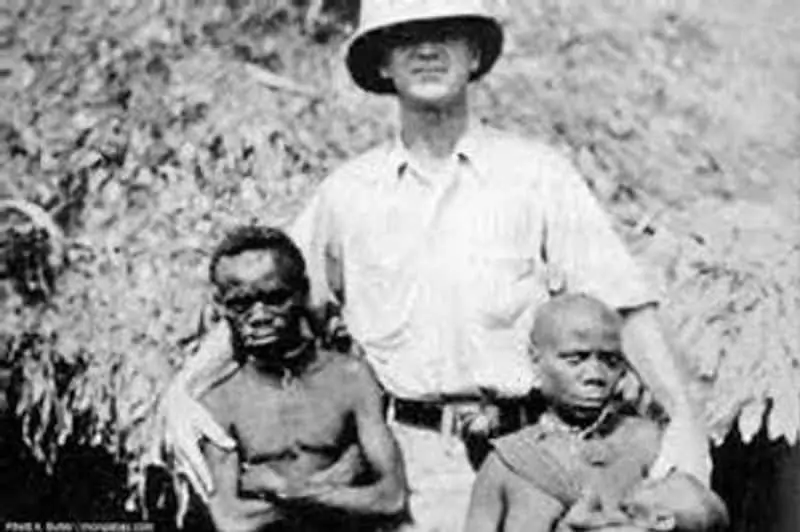
The African Continent
“…genes of modern-day Africans are a treasure house for all humanity.” — E. O.Wilson
“We do know that African populations derive some small fraction of their DNA, possibly as much as 5%… from archaic lineages that we haven’t discovered… there is some sign of some archaic lineage that’s contributed to some populations. What we don’t know is the identity of that lineage… It could be Naledi?”– Dr. John Hawks, lecture Oct 2017 Univ. of Wisconsin, Madison
According to Harvard professor of genetics David Reich, Africa has “the greatest human diversity in genetics in the world.” Genomics Prof. Sarah Tiskhoff agrees, “when studying African populations… you’re going to see they’re very genetically diverse within and between groups.” (UPenn lecture, Jan. 2020)
As human geneticist Robin McKie notes, “Neanderthal DNA is absent in people of African origins because they remained in our species’s homeland.” (The Guardian, 2018). However, very recent genetics studies suggest some mainly upper Continental Africa tribes like the Yoruba and Fulani might have tiny traces of Neanderthal, up to .3%. This came largely via introgression by back-migrating Euros with Neanderthal DNA. (Science Mag 2020)
Less clear are genetic markers from ghost populations in the Afro-genome. As genetics magazine Helix notes, “The genetics of Africa and a mysterious human population,” 2018: “Current research indicates that between 2-7% of the DNA in some modern African people may come from this unknown archaic human group.”
Svante Pääbo on a possible archaic mix: “I think there’s good reason to think that they mixed with other forms inside of Africa. There’s some indications of that in the genomes of present day Africans.” (UCTV 2018).
His colleague and friend, Pascal Gagneux, Dir. of the Center for Anthropology at UCD-San Diego, conference June 8, 2019 agrees: “They [Africans] do not have that 2% of Neanderthal. They have some other archaic introgression, which is super interesting.”
Òscar Lao, principal investigator at the National Centre for Genome Analysis (CNAG-CRG) Phys.org, 2019: “What has surprised us [on] genetic diversity found in African populations today, the presence… of an extinct archaic African population, with whom anatomically modern humans would have mixed,” he adds. This result indicates that not only were there archaic populations different from the sapiens lineage outside Africa… but that within this continent there were sub-populations with which anatomically modern humans who remained in Africa had offspring.”
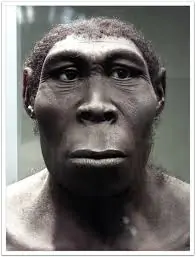 The identity of the African admixture is still unconfirmed. But researchers seem to be closing in. Arun Durvasula and Sriram Sankararaman from the University of California in Los Angeles have described the ancestor as a “ghost species” or quite possibly Homo naledi a “small-brained hominin” on the “African plains 250,000 years ago.” (IFL Science)
The identity of the African admixture is still unconfirmed. But researchers seem to be closing in. Arun Durvasula and Sriram Sankararaman from the University of California in Los Angeles have described the ancestor as a “ghost species” or quite possibly Homo naledi a “small-brained hominin” on the “African plains 250,000 years ago.” (IFL Science)
John Hawks has suggested Homo naledi as the source of the African admixture on a number of occasions, including a 2013, “Ghost and Hybrids” lecture, “Naledi lived among our diversified species. Signatures within African populations show that there were contributions within Africa from groups that are different from each other as Neanderthals and Denisovans are from us… we have ghost populations inside Africa… something like Homo naledi might represent that ghost population.”
But there’s another contender: “Homo heidelbergensis was a more advanced hominin living in Africa circa 200,000 years ago and a more probable contestant.”
Lindsay Barone of Cold Harbor Springs Inst. in NY explains (YouTube) that Heidelbergensis, Homo naledi and Homo sapiens were all roaming around Africa at the same time 300,000 years ago. “About 325,000 years ago there were anatomically modern humans, there were Homo heidelbergensis, and very soon after that a later species called Homo naledi.”
Peter Frost (NatGeo) suggests, about 13% of the African genome comes from these archaic “paleo-Africans” who “lacked something modern humans had” putting them at a disadvantage. Frost writes this might explain the “limited capacity for symbolic thinking and social organization.”
Very recent fossil finds suggest “a little-brained shadow lineage was lingering on from a much earlier period,” at the same time Homo sapiens roamed the African plains.
Omer Gokcumen, prof. of biology at the Univ. of Buffalo believes “This unknown human relative could be a species that has been discovered, such as a subspecies of Homo erectus…” (BigThink.com 2018).
Gokumen has done extensive research on the “important mucin protein called MUC7 that is found in saliva.” What they found, “a group of genomes from Sub-Saharan Africa presented a variant of MUC7 that was extremely different to versions observed in all other modern human populations.” This strongly suggested “ancient hominim” introgression into modern Africans. (AncientNews.net, 2017)
Note – Homo erectus spread worldwide over 1 million years ago. Homo ergaster is considered by some to be the African branch of Erectus. Heidelbergensis is believed to have emerged from Ergaster/Erectus. (Smithsonian). Late Heidelbergensis is putative Homo rhodesiensas.
Still, another possibility for modern African admixture, could be Australopithecus sediba, first discovered by Dr. Lee Berger (and his son Matthew) at a cave in Malapa in 2008. Did Sediba survive much later than originally believed?
From ScienceNews.org, April 2020, archaeological dig at the Drimolen cave in SA: “Researchers previously determined that two Australopithecus species, A. africanus and A. sediba, inhabited nearby parts of South Africa approximately 2 million years ago. The South African H. erectus fossils may be slightly older than those of A. sediba, but a controversial proposal that A. sediba was an ancestor of the Homo genus remains in play, [Texas A&M paleo-anthropologist Darryl] de Ruiter says.”
Berger, Resident Explorer at National Geographic believes Africans’ admixture could be with his newer discovery, “primitive… tiny brain” Homo naledi (NatGeo 2015), and adds moderns and archaics lived side-by-side and may even have interbred: “You can imagine how disruptive that might have been.”
The San Bushmen of the Kalahari
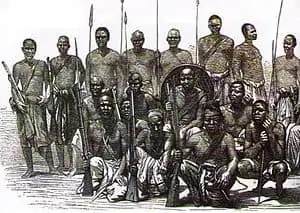 The KhoeSan of the Kalahari have separate lineage from other Africans. Spencer Wells (PBS National Geo) has called the bushmen (KhoeSan) and the related click-speaking !Kung tribe in Namibia, the last remaining original humans. Wells asserted that of all the people on earth “the San are direct descendants of our oldest ancestors.”
The KhoeSan of the Kalahari have separate lineage from other Africans. Spencer Wells (PBS National Geo) has called the bushmen (KhoeSan) and the related click-speaking !Kung tribe in Namibia, the last remaining original humans. Wells asserted that of all the people on earth “the San are direct descendants of our oldest ancestors.”
David Reich agrees, “The Khoe-san are such a genetically distinctive people,” (phys.org).
British Science Journalist (NatGeo, The Atlantic) Ed Yong calls the KhoeSan “one of the oldest human groups on the planet.”
Computational biologist Dr. Adam Siepel of Cold Spring Harbor Laboratory puts the origins of the KhoeSan as far back as 200,000 years ago: [they are] “quite an old population.” Siepel noted in a 2017 lecture that another genetics team, “estimated that a date for the split of the San [from] other African populations might be 260,000 years ago.”
Some such as Dutch science writer R.C. Camphausen have even suggested that these Africans may indeed be the only remaining pure-breed “100 percent Homo sapiens.”
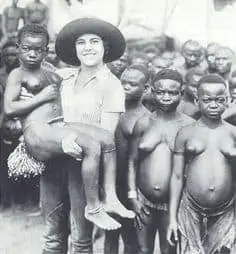 Geneticist Dr. Shi Huang points to a study on SNPs (single nucleotide polymorphisms) from 2010 covered by National Geographic: “All of the Bushmen had a version of the vitamin D receptor that is associated with denser bones and three of them have a variant linked to better sprinting performance. Some of the SNPs grant the carrier the ability to taste bitter plant chemicals…to avoid toxic plants. One of !Gubi’s variants could allow him to break down foreign substances or resist parasites.”
Geneticist Dr. Shi Huang points to a study on SNPs (single nucleotide polymorphisms) from 2010 covered by National Geographic: “All of the Bushmen had a version of the vitamin D receptor that is associated with denser bones and three of them have a variant linked to better sprinting performance. Some of the SNPs grant the carrier the ability to taste bitter plant chemicals…to avoid toxic plants. One of !Gubi’s variants could allow him to break down foreign substances or resist parasites.”
Archaic admixture in Sub-Saharan Africans. Introgressions from late Australopithecines, Homo naledi or some other archaic Hominid?
The Mbuti and other related tribes such as the Mbenga and Twa, sometimes referred to collectively as Bayakas, have rather unique archaic lineage. They are best known for their unusually small stature. Their population in central and western Africa is estimated to be around 600,000.
A research paper in 2011, “Genetic Evidence for Archaic Admixture in Africa,” by multiple researchers affiliated with the Univ. of Arizona found:
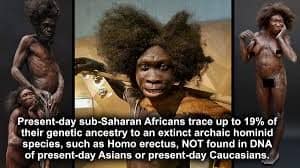 “Interestingly, the Mbuti represent the only population in our survey that carries the introgressive variant at all three candidate loci… Given that the Mbuti population is known to be relatively isolated from other Pygmy and neighboring non-Pygmy populations, this suggests that central Africa may have been the homeland of a now-extinct archaic form that hybridized with modern humans.”
“Interestingly, the Mbuti represent the only population in our survey that carries the introgressive variant at all three candidate loci… Given that the Mbuti population is known to be relatively isolated from other Pygmy and neighboring non-Pygmy populations, this suggests that central Africa may have been the homeland of a now-extinct archaic form that hybridized with modern humans.”
More from Lee Berger, John Hawks research paper 2017, “Homo naledi and Pleistocene hominins”: “the genomes of Hadza, Sandawe, Biaka, Baka, and San people bear evidence of a small fraction of introgression from highly genetically divergent populations that no longer exist.”
This would be consistent with controversial claims made by French Zoologist Bernard Heuvelmans PhD in the 1980s, that African Pygmies have significant genetic lineage from archaic Hominids. According to Loren Coleman’s CryptoZoo blog, 2018: “Bernard Heuvelmans felt that some of the African varieties could be relict populations of Australopithecus.” (See also Les Bêtes Humaines d’Afrique book – Heuvelmans 1980)
Joshua Akey’s team at Princeton claims to have found .3% Neanderthal DNA in the African population. However, as noted in the Tapei Times, Feb 2020: “It is not known whether all African populations, some of whose roots stretch into the deep past, share this Neanderthal heritage. KhoeSan (bushmen) and Mbuti (central African pygmy) populations, for instance, appear to have split off from other groups more than 100,000 years ago.”
More recent genetics evidence suggests a divergence date of 170kya for the KhoeSan and 130kya for the Bayakas (Pygmies).
A research paper issued in July, 2019 by Cindy Santander, Francesco Montinaro & Cristian Capelli, “Searching for archaic contribution in Africa,” cites a new “machine learning method, ArchIE” that found “SubSaharan populations derive 2–19% of their genetic ancestry from an archaic population that diverged before the split between Neanderthals and modern humans.”
The ArchIE method also led to another starling find, that “the archaic ancestry in Yoruba is best explained by admixture with an archaic ghost population more than the possibility of Neanderthal ancestry from back-migration or from admixture with an extant modern human population.”
That would suggest two major introgressions into Sub-S Africans one 50kya but another 800k to 1m years ago possibly from Homo ergaster or Australopithecus sediba.
From Sriram Sankararaman at a 2020 CARTA lecture: “There was integration into the African population, from a superarchaic population that split off prior to the split between Neanderthals and modern Humans [600,000 years ago]… neither Neanderthal or Denisovan… a ghost archaic population… so when did this population come back and interbreed with Africans…. of about 43,000 years… Further, we estimate a fairly substantial contribution of this archaic ghost lineage of about 11%… What is this population? We don’t know.”
West Africa and the enigmatic Homo iwoelerueensis
 In 2013, a mysterious and extremely rare AOO Haplo-type was discovered in an African-American man in South Carolina (Subspecieist.com 2020). The same Haplo-type was discovered when 11 men in a tiny village in western Cameroon were swabbed. (See Cameroon Research Project, 2017).
In 2013, a mysterious and extremely rare AOO Haplo-type was discovered in an African-American man in South Carolina (Subspecieist.com 2020). The same Haplo-type was discovered when 11 men in a tiny village in western Cameroon were swabbed. (See Cameroon Research Project, 2017).
Sriram Sankararaman in a 2020 lecture speculating on which ancient hominid might be the source of the ~19% archaic admixture, mentioned the Iwo Eleru skulls found in Nigeria. (Note – the Q&A where he talks of Iwo Eleru has since been edited out). Patrick Wadell, a professor of paleo-anthropology at Cornell University named the skulls as Homo iwoelerueensis in a 2014 paper.
Sankararaman suggested Homo iwoelerueensis morphologically was closest to Homo laetoli, archaic Homo sapiens 120kya, brain size 1,200cc. In a 2020 interview with Israeli archaeology reporter Ruth Schuster, “… in non-African populations,” Sankararaman tells Haaretz – it’s … as 35,000 years ago in sub-Saharan Africa – at Iwo Eleru, Nigeria… and Ishango in the Democratic Republic of Congo…”
C.C. Magori, et.al. ScienceDirect.com 1983: Laetoli Hominid 18 (LH 18) was found by Dr M. D. Leakey’s team in 1976. The Ngaloba beds at Laetoli, Tanzania from which it comes have been dated at approximately 120,000 [years ago]… Metrical analyses confirm the links between LH 18 and the other archaic Homo sapiens crania from Africa, especially Eyasi and Omo 1.
John Hawks in his “Ghost Species and Hybrid” lecture: “We’ve got fossils from almost the Holocene [10kya]. This is the Iwo Eleru fossils from Nigeria that have a not very current cast. They might represent these ghost populations…”
Legendary paleo-anthropologists including Chris Stringer and Katerina Harvati are unsure as to whether Homo iwoelerueensi is an archaic hominid species that went extinct 10kya or just a variation of an archaic modern human.
Stringer told the BBC in 2011: “you’ve got a specimen that’s only 13,000 years old, but it looks like it should be another 100,000 years old [Homo rhodesiensis from Tanzania]. The archaic humans didn’t necessarily die off once they’d given rise to modern humans. They may have been living in some parts of Africa alongside their descendants… and interbreeding…”
Was Homo iwoelerueensi an entirely separate species such as Homo rhodesiensis that survived into the present day? If so, is it the possible candidate for archaic introgression in West Africa populations?
Additionally, a team from the Max Plank Inst. led by Johannes Krause in 2018, successfully analyzed DNA from the isolated Taforalt tribe in Western Africa from 15kya (EurekaAlert.org): “no previously identified population has the precise combination of genetic markers that the Taforalt individuals had… the researchers cannot be sure exactly where this heritage comes from. One possibility is that this heritage may come from a population that no longer exists.”

Denisovan & Homo erectus DNA in modern Asians
East Asians have roughly 5% Denisovan DNA. According to ScienceMag.org: “Denisovans interbred with H. sapiens… present-day human genetic makeup reflects that varied background, as in modern Melanesian populations… 4 to 6% [of DNA is] derived from Denisovans.”
Additionally, many Asians and Melanesians have traces of Homo Erectus DNA. According to Phys.org 2019, Erectus lived on in southeast Asia “as recently as 40,000 years ago… coexist[ing] with Homo sapiens.” Chris Stringer has often stated in lectures, that he believes Homo erectus survived “in Java” til 70kya. Sarah Tishkoff of the Univ. of Penn, in a 2013 lecture: “This species [Homo erectus] was very successful lasting to as recently as 25kya…”
Chinese Palaeoanthropologists suggest this introgression could explain Asians’ “facial flatness” (Paleoanthropology.net). The discovery of the Dali skull in China’s Shanxi province has led many paleontologists to conclude [that] “Homo erectus must have shared DNA with Homo sapiens” (NewsWeek 2017).
Wu Xinzhi, a paleontologist at the Chinese Academy of Sciences’ Institute of Vertebrate Paleontology and Paleoanthropology (IVPP) in Beijing is a leading advocate of this view. He asserts, “it’s increasingly clear that many Asian materials cannot fit into the traditional narrative of human evolution” (Scientific American 2016)
Chinese paleo-anthropologists are adamant multi-regionalists and advocates of a separate evolution. Huang Wanbo, a professor with the Institute of Paleoanthropology of the Chinese Academy of Sciences, on the 2 million year old (pre) Homo erectus skeletal and stone technology finds at Three Gorges River: “Wushan Homo… 2m years ago [proves we are] unaffected by foreign cultures and genes… Where are the Chinese from? Three Gorges River, Yangtze Valley.” (Ancient Histories Doc. YouTube, 2021)
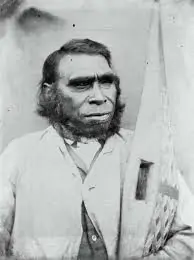
Indian Ocean, Australia and Polynesia
Very recent archaeological finds suggest other previously unknown sub-species in islands off the Asian continent, including various Asiatic Pygmies such as Homo florensiensas (Hobbit man).
Australian and New Guinean aboriginal lines can be traced back to archaic humans, 60,000 to 80,000 years ago. Svante Pääbo puts the New Guinean Denisovan percentage at fully 7%. (UCTV 2018). Pääbo and other geneticists believe they “may have [also] mated with a previously-unknown human species.” (SmithsonianMag.com Sep 2016)
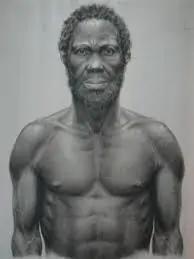 “If you’re Australian, there’s a chance that the person you’re sitting next to [Aborigine] is up to 5%, a brand new kind of ancient hominin, that until two years ago, we never even knew existed. You or your neighbor could be part Denisovan.” — Dr. Jonica Newby, interviewing Svante Pääbo (ABC TV, Sep. 2012)
“If you’re Australian, there’s a chance that the person you’re sitting next to [Aborigine] is up to 5%, a brand new kind of ancient hominin, that until two years ago, we never even knew existed. You or your neighbor could be part Denisovan.” — Dr. Jonica Newby, interviewing Svante Pääbo (ABC TV, Sep. 2012)
David Reich from Harvard Museum of Natural History lecture, Dec. 3, 2018: “The Denisovan genome matched the New Guineans much more often. This was definitely a real signal… we can estimate that New Guineans and some nearby populations have about 3 to 6% of their DNA derived from Denisovans. Actually quite distant cousins of Denisovans from Siberia separated by about 300k years.”
And there is evidence of profound morphological distinction among Papuans and Aborigines from other AMHs. From a 2003 research paper by Tim White and his team of UC Berkeley, on the famous Herto skulls, discovered in Ethiopia: “the closest approximations among modern individuals to the overall morphology, size and facial robusticity are found in some Australian and Oceanic individuals…” Herto man (photo above – UC Berkeley) is considered one of the earliest of Anatomically Modern Humans at 160kya.
We are now learning that the Denisovans were an extremely varied species. And they may have lived on to as recently as 15kya in Papua New Guinea. Professor Murray Cox in New Zealand has identified 3 distinct populations of Denisovans.
 “They are all very different from Neanderthals – and very different from each other. What we found means that the origins of modern people are far more diverse and complex than any of us had imagined before.” (Microsoft News, Apr 2020)
“They are all very different from Neanderthals – and very different from each other. What we found means that the origins of modern people are far more diverse and complex than any of us had imagined before.” (Microsoft News, Apr 2020)
One branch seems to have admixed with mainland Asians. Another group interbred with Papuans: “the genomes of people from Papua New Guinea may be up to 5 per cent Denisovan…” NewScientist.com April 2020.
There is statistical genetics data suggesting an introgression to Papuans and Aborigines from a distinct non-Denisovan “3rd species.” Two studies, the Canadian study from Ryan Bohlender’s team and another from Cambridge suggest: “People from Papua New Guinea and north-east Australia carry small amounts of DNA of an unidentified, extinct… a third extinct hominid, previously unknown to archaeologists.” (ABC.net.eu, 2016)
The Hobbits (sometimes referred too as Ebu Gogo) have received a great deal of attention in the last few years. Homo floresiensas was first discovered in a cave on the island of Flores in 2003.
A most recent study by the Joshua Akey team found lots of Neanderthal and Denisovan DNA in modern Floresiensas islanders, (Rampasas pygmies), but no other archaic. However, Akey’s paper (phys.org) included this interesting note: “Floresiensis also differed from H. sapiens and H. erectus in their wrists and feet, probably due to the need to climb trees to evade Komodo dragons…”
One particular population on isolated islands off of India is a complete mystery. Spencer Wells, Insitome Q&A, 2017: “I’d be surprised at this point to see a [DNA mapping] result that would completely turn everything on its head. I mean, maybe the Sentinelese…”
“I would certainly think that an isolated population could do quite well… there are examples of mammals that were nearly extinct… but do extremely well.” — Svante Pääbo 2016 lecture with David Reich in Israel.
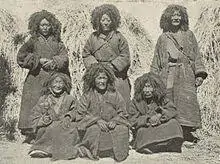
Tibetans: Homo sapiens-denisovanus?
And now even more evidence of introgression. From paleo-anthropology reporter, Bruce Bower, Oct. 2020, ScienceNews:
“Cave sediment possibly dating from 50,000 to 30,000 years ago also yielded Denisovan mitochondrial DNA, the scientists report in the Oct. 30 Science. If further research confirms that age estimate, it raises the likelihood that Denisovans survived on the Tibetan Plateau long enough to encounter the first humans to reach those heights as early as 40,000 years ago.
In that case, ancient humans new to the region’s thin air may have acquired advantageous genetic traits for that environment by mating with resident Denisovans.”
Supremacy?
“Thinking that one race is “superior” to another is like saying that the brown bear is “superior” to the polar bear. The question makes no sense – each species adapts to its local environment. That doesn’t mean that they will flourish as well in each other’s environment though.” — Canadian Libertarian philosopher, YouTube and podcast broadcaster Stefan Molyneux, Twitter Dec. 2018

